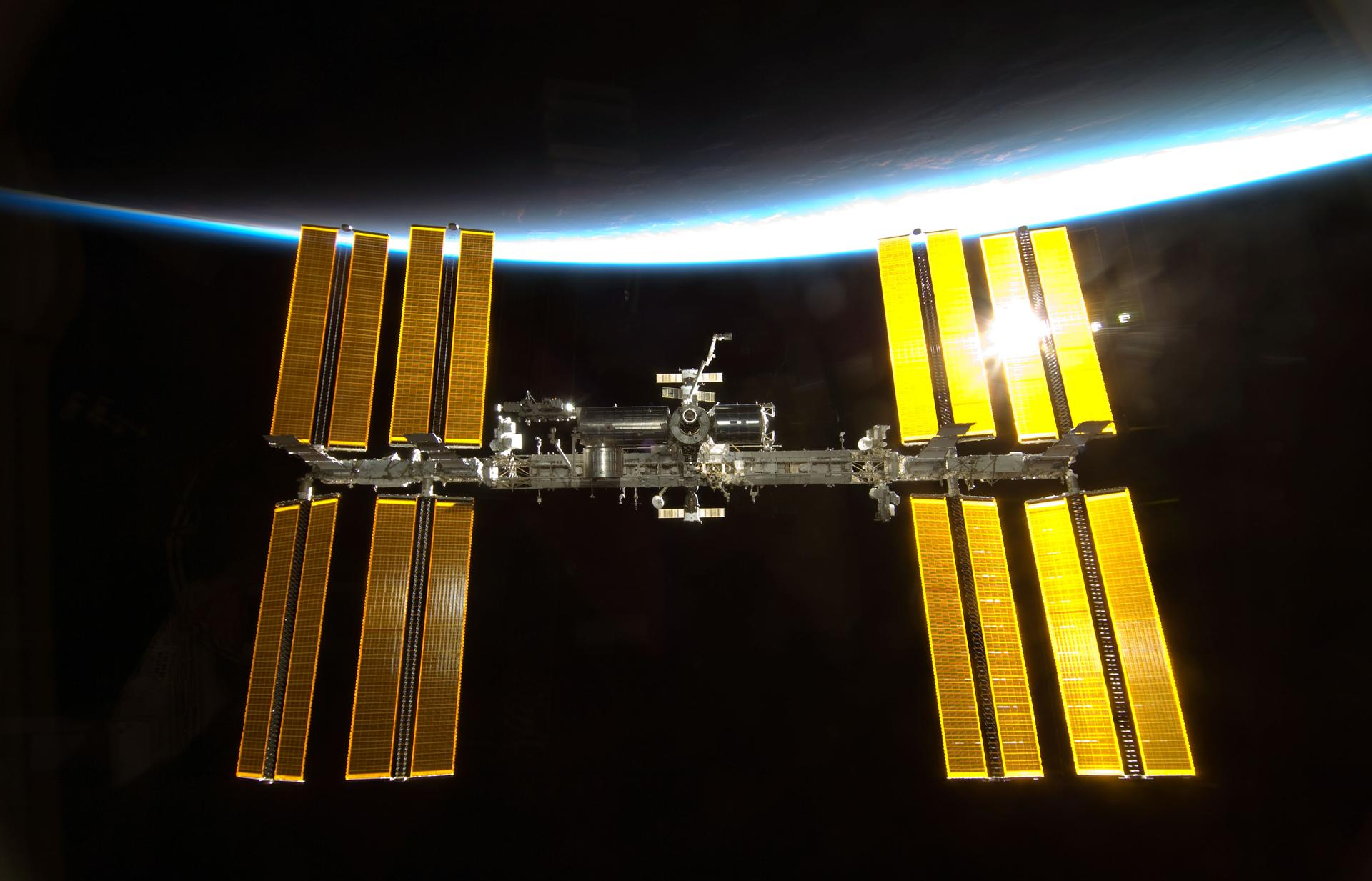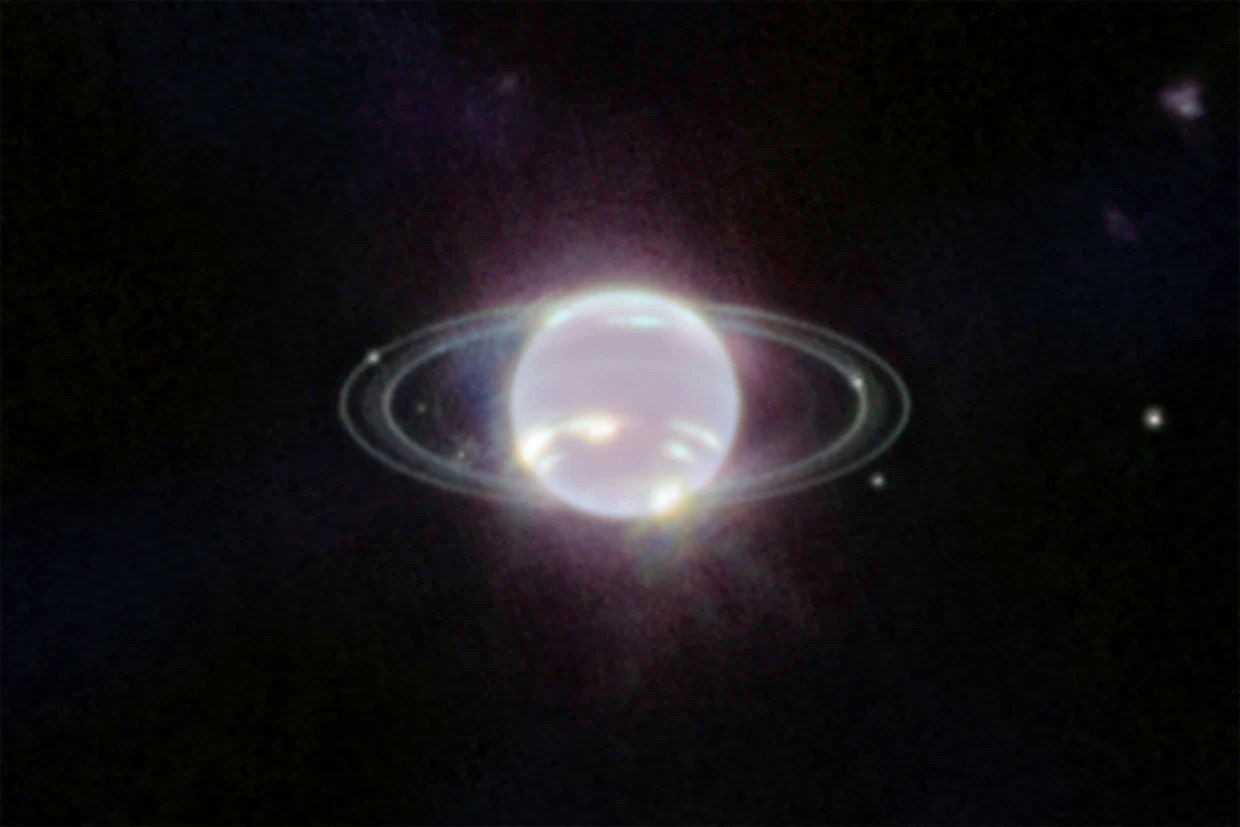
PubMed abstract of the study findings:
Distinct from their Earth counterparts, ISS E. bugandensis strains have exhibited resistance mechanisms that categorise them within the ESKAPE pathogen group, a collection of pathogens recognised for their formidable resistance to antimicrobial treatments. During the 2-year Microbial Tracking 1 mission, 13 strains of multidrug-resistant E. bugandensis were isolated from various locations within the ISS. We have carried out a comprehensive study to understand the genomic intricacies of ISS-derived E. bugandensis in comparison to terrestrial strains, with a keen focus on those associated with clinical infections. We unravel the evolutionary trajectories of pivotal genes, especially those contributing to functional adaptations and potential antimicrobial resistance. A hypothesis central to our study was that the singular nature of the stresses of the space environment, distinct from any on Earth, could be driving these genomic adaptations. Extending our investigation, we meticulously mapped the prevalence and distribution of E. bugandensis across the ISS over time. This temporal analysis provided insights into the persistence, succession, and potential patterns of colonisation of E. bugandensis in space. Furthermore, by leveraging advanced analytical techniques, including metabolic modelling, we delved into the coexisting microbial communities alongside E. bugandensis in the ISS across multiple missions and spatial locations. This exploration revealed intricate microbial interactions, offering a window into the microbial ecosystem dynamics within the ISS.
Citation: Sengupta P, Muthamilselvi Sivabalan SK, Singh NK, et al. Genomic, functional, and metabolic enhancements in multidrug-resistant Enterobacter bugandensis facilitating its persistence and succession in the International Space Station. Microbiome 12(1):62 (2024).
https://doi.org/10.1186/s40168-024-01777-1
Study-related stories:




